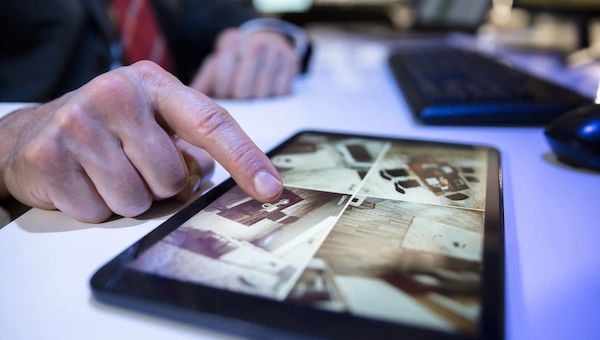It almost sounds like a trick question.
As a cannabis business owner, you’re required to install video surveillance systems inside your retail and grow facilities. Specific regulations outline where cameras must be placed, recording details, and how long footage must be stored.
But those rules don’t express how you should monitor the footage.
Do you check your security footage daily?
Do you have someone monitoring your camera feeds, especially after hours and on weekends when no one should be on the property?
Does it matter?
While a more traditional record-and-store surveillance camera is a great way to catch crime on camera and have the evidence necessary to prosecute criminal behavior, it doesn’t protect you from crime in action. You have to watch the footage in order to find the criminal behavior.
The chances of catching a criminal and getting your assets back are reduced as time passes. That means it’s better to see criminal behavior in the act rather than reviewing it and acting on it down the road.
Yet round-the-clock surveillance monitoring isn’t an easy process. It can be intimidating to a young business. Where do you even begin if you don’t have the employee strength or budget for such a system?
Luckily, technology today makes this process more accessible than ever before.
Scan footage for telltale signs
Surveillance cameras can help make you feel secure at all times. You can look back through the footage and find the problem if anything happens. However, footage isn’t just there for you to refer to when you know a problem exists. It’s also there for you to scan and protect from unknown security risks you might not have found yet.
Watching hours of video can take up vast amounts of time. Regularly skimming the footage can protect you from risks before they build. Some telltale signs to watch for include:
- Concealed identity – head coverings, face masks, full body coverage – you can tell when someone is attempting to hide their identity. Watch for persons visibly trying to avoid being recognized by a camera, and pay closer attention to their behavior.
- Loitering – watch for people spending excessive time in a place they shouldn’t be. They may also display suspicious behavior, glancing around to see who is watching.
- Teams – most criminals work in groups to accomplish their goals. Do two or more people regularly meet in areas they shouldn’t be? This may be worth pursuing.
Consider upgrading to remote monitoring services
If it makes sense, upgrading to remote monitoring can give you access to virtual guards and the use of artificial intelligence.
Cameras will use AI to monitor activity and spot suspicious behavior. It can be a good tool after hours when nobody should be in or around your facility. When AI notifies a virtual guard of a potential problem, they will review the footage and make the right call.
Camera footage is only valuable if you use it as attended. Do you have a system that helps you reduce your risks?
For IT Strategy, Security and Compliance, or Help Desk Services, reach out to us at Cannabis Technology Partners 360-450-4759.
